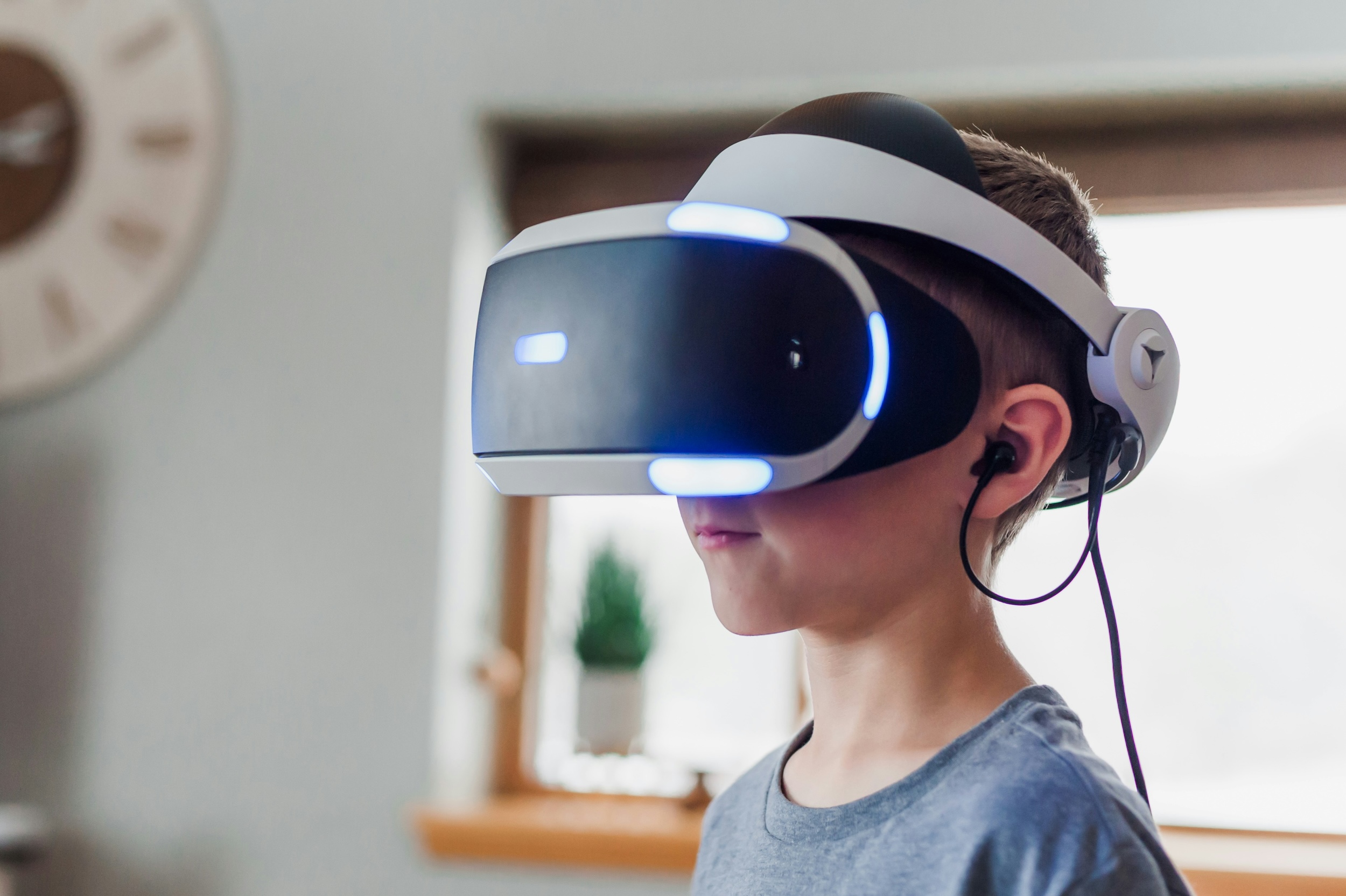


As technology continues to reshape education, immersive virtual reality (I-VR) has emerged as a promising tool for enhancing learning experiences. Originally used for flight training, VR has since been widely adopted in education. A recent meta-analysis by Coban et al. (2022) investigates whether immersive learning environments provide significant advantages over conventional teaching approaches by synthesizing data from 48 experimental studies conducted between 2016 and 2020.
Does Immersive VR Improve Learning?
The findings indicate that I-VR has a small but positive effect on learning outcomes (g = 0.38). Notably, the impact is more pronounced in K-12 education (g = 0.61) than in higher education (g = 0.31), suggesting that younger students may benefit more from immersive learning experiences. The effectiveness also varies by subject, with architecture (g = 1.90) and engineering (g = 0.79) showing the highest impact, while fields such as biology, anatomy, and dental education exhibit minimal or even negative effects.
Further analysis reveals that immersive virtual reality is more effective than traditional learning methods (g = 0.54) but offers only a slight advantage over computer-assisted learning (g = 0.30).
The Role of Immersion
Different virtual reality technologies provide varying levels of immersion, which can influence their learning effectiveness. The meta-analysis highlights three main types:
Challenges and Future Research
Despite its potential, widespread adoption of I-VR faces challenges like high costs, usability concerns, and health risks, i.e. cybersickness or eye strain. Additionally, limited training for educators on integrating I-VR effectively into curricula may hinder its full potential.
As technology advances, I-VR will likely become a more prominent tool in education, particularly in disciplines requiring hands-on, experiential learning. While current evidence suggests a moderate benefit, future improvements in VR accessibility, instructional design, and teacher training could significantly enhance its effectiveness.